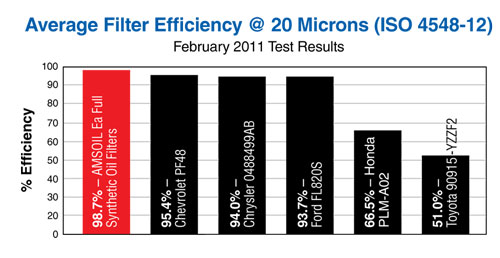Jay, since you decided to post in this thread (a good thing), could you answer my question that I posted earlier, about the multipass test:
Your comment brings up something I have wondered at--at what point in the OCI are these multipass tests simulating? Does multipass mean "five trips through the filter, one right after another" or does it mean "we took measurements at separate points in time, the last one a hundred hours after the first time"?
Originally Posted By: Motorking
You just described multi pass efficiency. Honda OE filters made by FRAM are 65% @ 20 microns, they have 15 gram capacity and flow 10gpm
Your comment brings up something I have wondered at--at what point in the OCI are these multipass tests simulating? Does multipass mean "five trips through the filter, one right after another" or does it mean "we took measurements at separate points in time, the last one a hundred hours after the first time"?
Originally Posted By: Motorking
You just described multi pass efficiency. Honda OE filters made by FRAM are 65% @ 20 microns, they have 15 gram capacity and flow 10gpm
Last edited:




